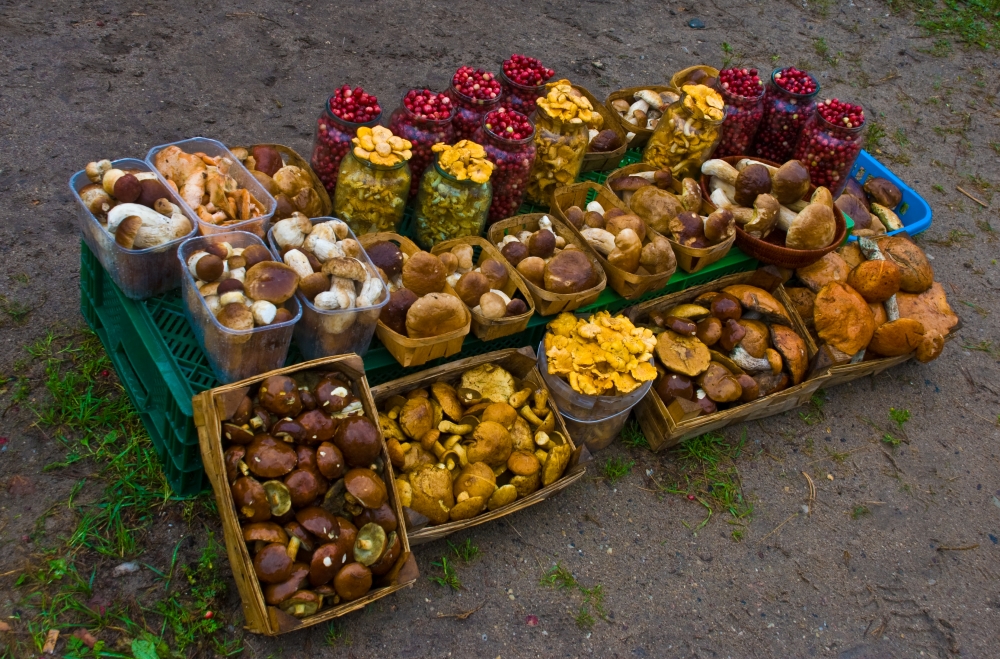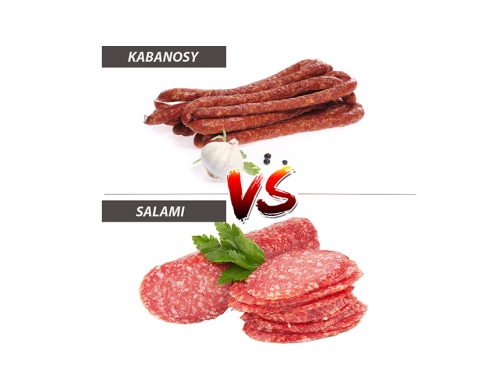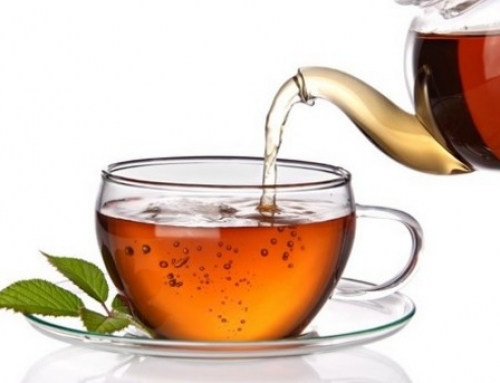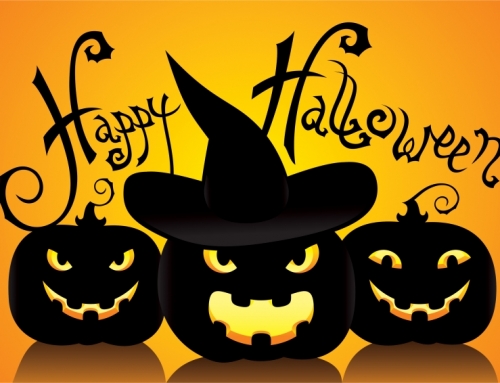Russians have been perfecting the art of mushroom hunting for centuries. Much like apple picking in August, mushroom hunting in September is so ingrained in the Russian culture that is has pretty much become a national sport.
Many of us can recall the beautiful memories of our childhood mushroom foraging experiences. It’s the perfect weekend family activity that may even yield a few hidden treasures.
But before you head out to the local forrest, do you know which mushrooms are edible and where to find them?
Mushrooms come in all shapes and sizes. There are dozens of species, some of which are rare and exotic. Some varieties grow on the ground while others find their homes on decaying logs and tree trunks. We’ve put together a small list of the most popular mushroom varieties and how to best enjoy them.
Chanterelle Mushrooms
Chanterelle mushrooms are the most recognized species and in Russia are often referred to as lisichki (little foxes). Orange or slightly yellow color, these nutritious mushrooms are prized for their culinary uses. They can be sautéed, fried and pickled.
Porcini mushrooms, also known as bely grab (white mushrooms), can be found in forrest with a high concentration of pine and spruce trees.
True to its name, these white mushrooms are commonly found in colder European and Eastern European climates. Popular in Russian, Polish, Ukrainian and other regional cuisines, these beauties can be canned, dried or used fresh in salads.
Another commonly eaten mushroom in Russia are veneshka or Oyster mushrooms. Characterized by their pale color, these little guys are known to grow on sides of tree trunks. They taste best when sautéed in butter with a bit of garlic.
Oyster mushrooms
When it comes to keeping your family safe and satiated, it’s important to remember a few mushroom harvest DOs and DON’Ts.
DOs
- Use caution when collecting mushrooms in unfamiliar territories. If possible, ask a local guide to point you to the ones which are safe to eat and steer clear of those that can be potential poisonous.
- Be sure you have positively identified what’s edible. Consider taking two baskets for your collected bounty. One for the mushrooms you definitely know are safe, and another for those you are unsure about.
- Recognize look-a-likes. Many mushrooms can look similar, so make sure you double check what you found before consuming.
- Be courteous and get permission. Foraging on private land without permission can result in unwanted confrontations and even legal issues. In some parts of the world, mushroom hunting is illegal, so make sure you know where to go and what permits are necessary.
- Be aware of hunting seasons. Before going into the woods, take the time to learn whether the area you are planning to forage in also permits hunting.
DON’Ts
- Don’t be greedy. It can be tempting to take everything you’ve found, but remember that others may want to enjoy the experience of mushroom hunting too. Be sure to leave plenty for others, not to mention for the wild animals that are relying on the same goodies for survival.
- Don’t harvest in toxic areas. It goes without saying that areas along busy roads are susceptible to toxic residues from car exhausts so be mindful of where you’re looking. If you’re foraging along a stream or lake, know where the water comes from and avoid collecting mushrooms that grow along bodies of water that may be contaminated by chemicals or discharge from manufacturing facilities.
- Don’t harvest rare or exotic mushrooms. Some mushroom varieties are so rare that they are considered protected species. Do your research so you’re not accidentally collecting something that may be on the verge of extinction.
- Don’t leave trash behind. Nearby plants can be damaged by trash and other rubbish left behind, so do your best to leave the surrounding area as clean as possible.
![Mushrooms_1[1]](https://russianfoods.com/wp-content/uploads/2015/09/Mushrooms_11.jpg)
Now that you’re ready for your mushroom hunt, what will you do with your harvest? Below are are few ideas to fully appreciate the taste of your mushroom bounty.
Mushroom Pierogies. Pierogies are bite size pies often filled with savory meats and vegetables. Delicious and nutritious, they can be enjoyed with a bit of butter or sour cream and make a great snack or part of a larger meal.
Mushroom Beef Stroganoff. A quintessentially Russian recipe, beef stroganoff is made with pieces of beef tenderloin, mushrooms, onions and a creamy sauce. Typically served with noodles or potatoes, you can even put it on top of french fries.
Mushroom Barley Soup. Soup is one of the most staple dishes in Russian cuisine, and mushrooms often play a supporting role. Creamy, brothy, with barley or rice, this can be a main course or an intro into a fancier dinner spread.
You can find a great variety of dried, pickled and marinated mushrooms in our online store. With easy ordering and directly to door delivery across the U.S. and around the world.
Do you have a favorite mushroom recipe? Share it with us on Facebook or leave a comment below. Happy hunting!!
BONUS
Check out the below site for 13 of the most bizarre mushroom varieties, including “Indigo Milkcaps” known for their distinguishes blue hue, the “Bleeding Tooth” characterized by a bright red juice that gathers on the mushroom caps, and the “Amethyst Deceiver” an edible mushroom that’s literally bright purple in color.
treehugger.com







Leave A Comment